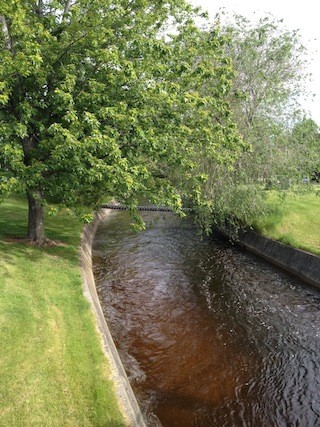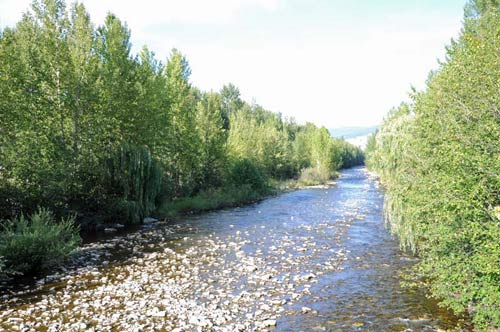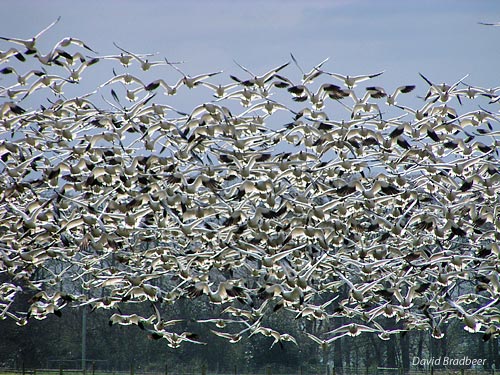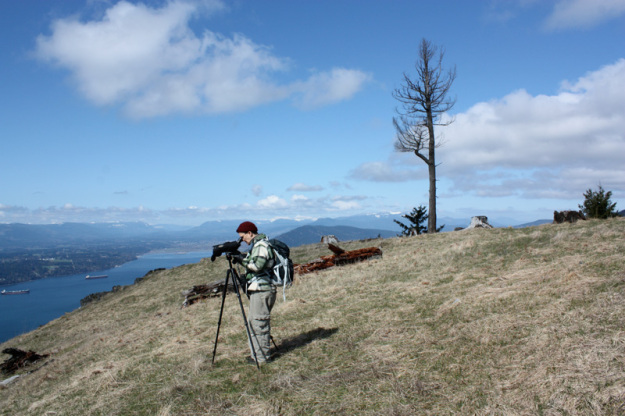Students in the remote village of Hagensborg, BC rarely get to connect with learning opportunities outside the Bella Coola Valley. But thanks to the fundraising efforts of teacher Sara Germain, fifteen lucky students from Sir Alexander Mackenzie School got the chance of a lifetime to travel to the Hakai Beach Institute for a week of hands-on, ecosystem-based learning in a spectacular coastal environment. Here’s Sara story about how an HCTF CEAF grant helped her students connect with the outdoors and bring classroom concepts to life:
“Students in BC’s Science 10 focus a quarter of their curriculum on the sustainability of life’s ecosystems, so this week-long field trip was designed to solidify many of the concepts learned in the classroom relating to ecology, evolution, food webs, humans impact on ecosystems, climate change and more. I’ve found that when studying for their Provincial Exam, students who’ve been on this trip are much more successful at applying these concepts because they can connect questions with ideas they ‘lived and applied’ out in the field at Hakai.
Upon arrival, we did an intertidal species scavenger hunt to introduce students to the new ecosystem they would be exploring for the week. The next day, we hiked up to the lookout, which took us from an intertidal zone, through different forest ecosystems, all the way up to a subalpine bog. Students took pictures of different plant species along the way to start their week-long “Digital Species Project”; where students photographed and identified 50 different species (intertidal, plant, bird, mammal species) and used them to create PowerPoint presentations complete with Latin names, common names, location of organism, and more. Students spent about an hour a day in the intertidal zone working on this project, as well as time in the classroom compiling their data.
Another outdoor project involved collecting different species of seaweed and pressing them. When specimens were dry, students framed their “works of art” and identified the types of seaweed they had pressed. We did a “caboose activity” during one of our hikes, where I would teach the student hiking behind me about a plant or aspect of forest ecology, and then that student would teach the concept to everyone hiking behind them as they passed by their “station”. Students really owned and learned their ‘stations’ well! Later in the week, we registered for “The Great Canadian Shoreline Cleanup” and did a longer day hike along a number of pocket beaches; we carried out garbage and documented it with the organization upon our return. This same day, the students also made their own trail maps, including an interesting geological/biological feature along each section of the trail. They turned out beautifully!
During our week at Hakai, students had the opportunity to learn from and work with a number of professional scientists. One gave an outdoor presentation and tour of the sustainable infrastructure featured at Hakai Institute (water, power generation, waste treatment, etc). An archaeologist talked to the students about his work, then took us out in boats to observe an actual dig site. A biologist took us on an intertidal zone beach walk, showing us many new species we’d missed on our own. Another scientist showed the kids how to collect samples of plankton, and later took them back to the lab to identify the different species under the microscope. All of these encounters allowed the students many informal opportunities to chat about their careers and how they got to where they are today.
I have found that taking my students out to Hakai has been one of the most beneficial and rewarding teaching experiences of my career. It’s given me the opportunity to develop many hands-on outdoor activities for students that give them real-life, applied knowledge in the Prescribed Learning Outcomes outlined by the province. Beyond that, I have found this trip invigorates students’ passion for science, develops their skills as budding scientists, exposes them to what a career in science can offer at its best, and lets them learn by osmosis while having so much fun in a unique place on Earth that normally they would never have the opportunity to be exposed to.”
In 2011 HCTF created the Conservation Education Assistance Fund (CEAF) to help educators connect students with the outdoors. Read more about the CEAF granting program, including how to apply >>











